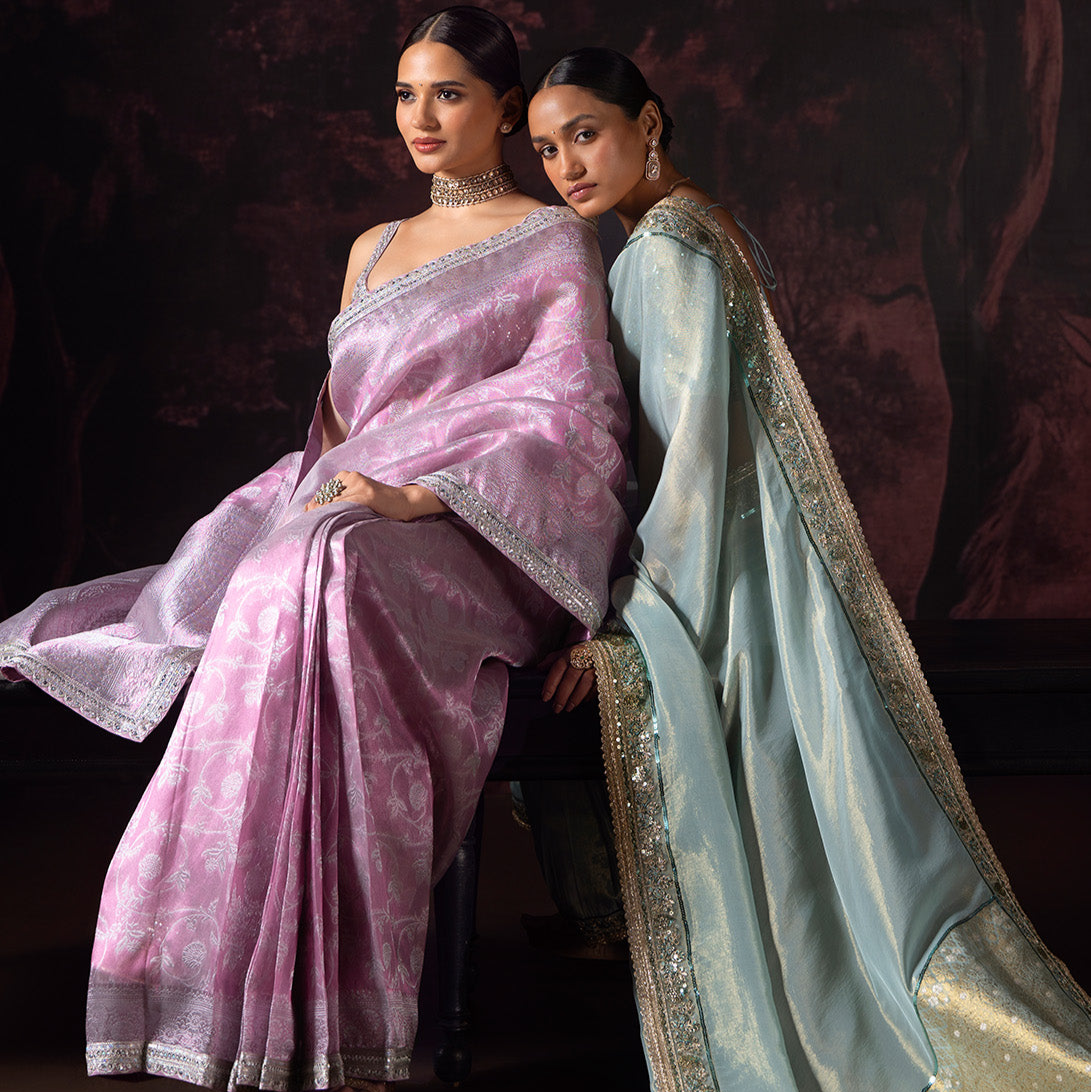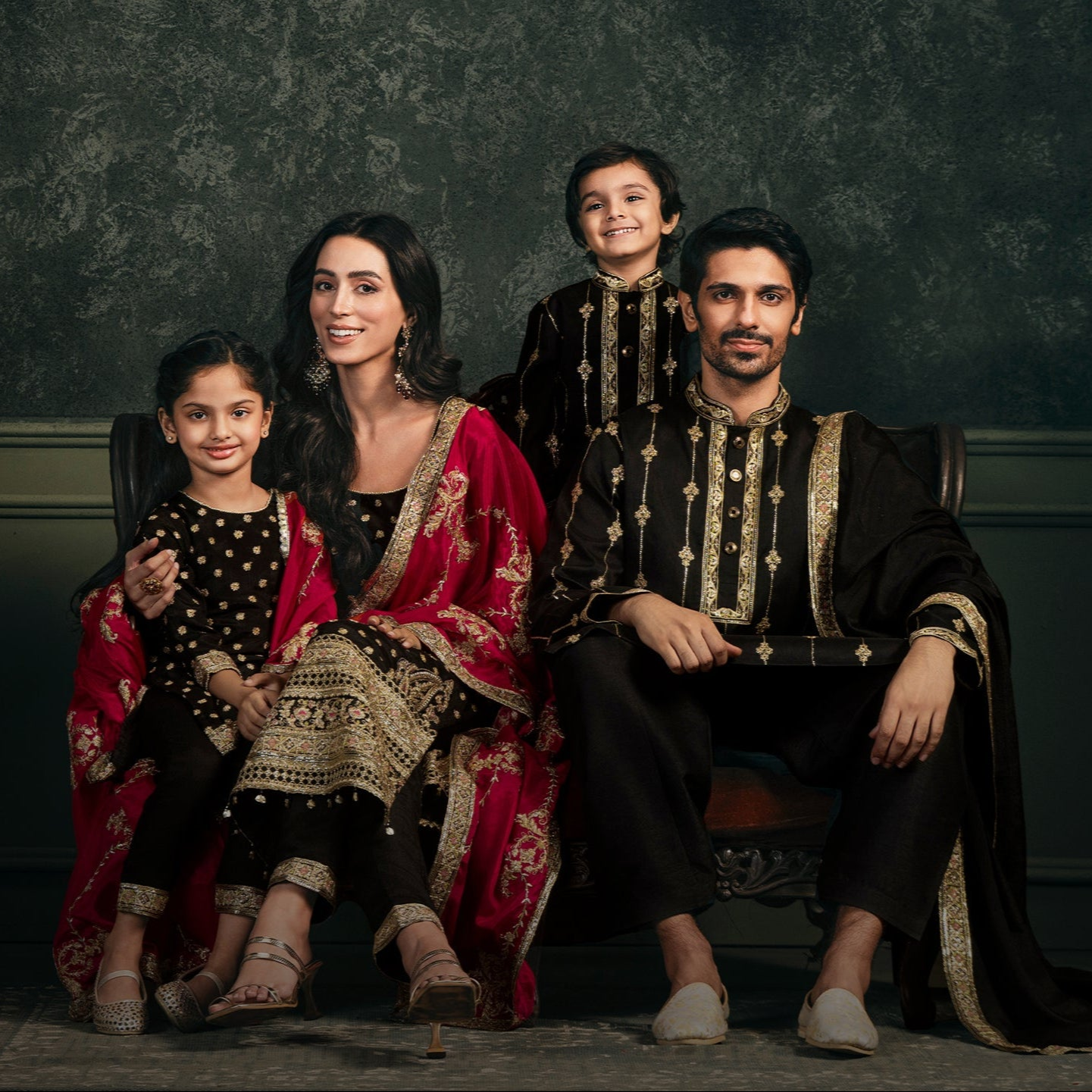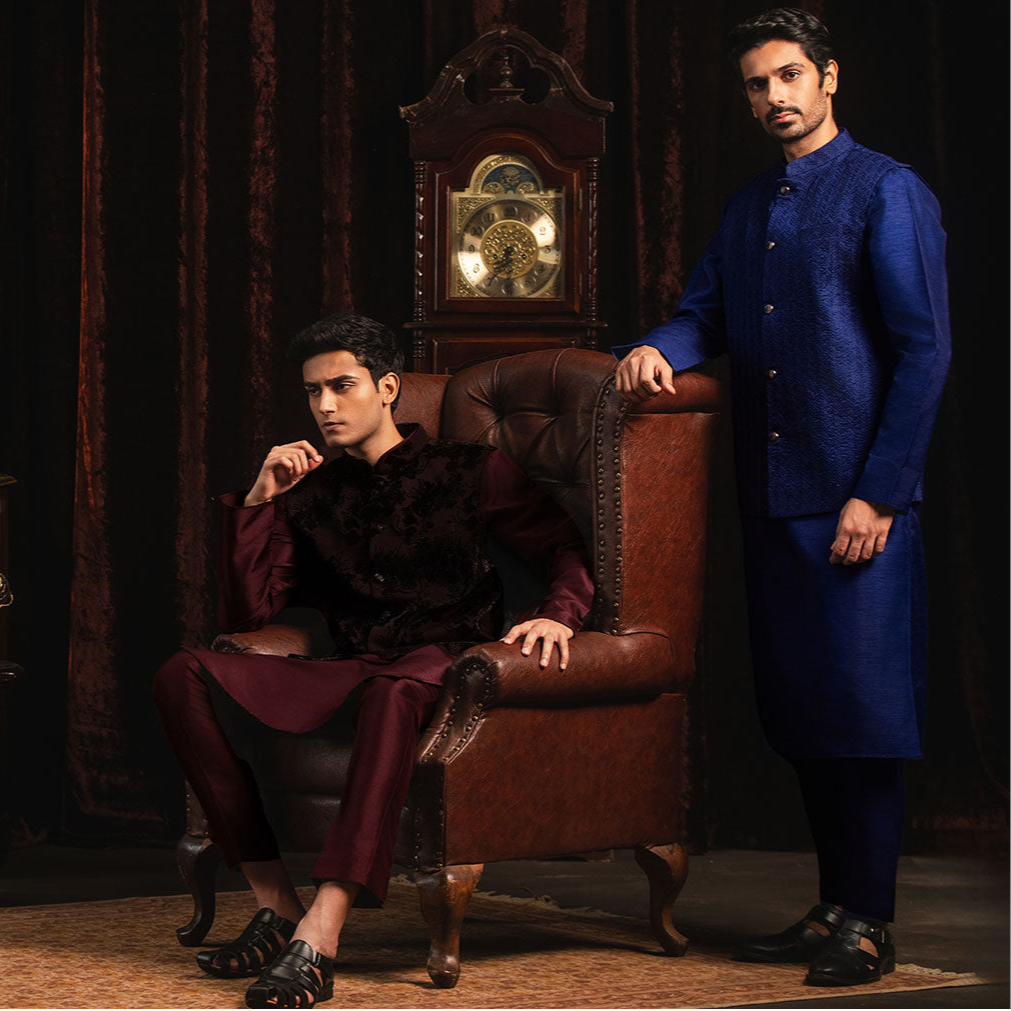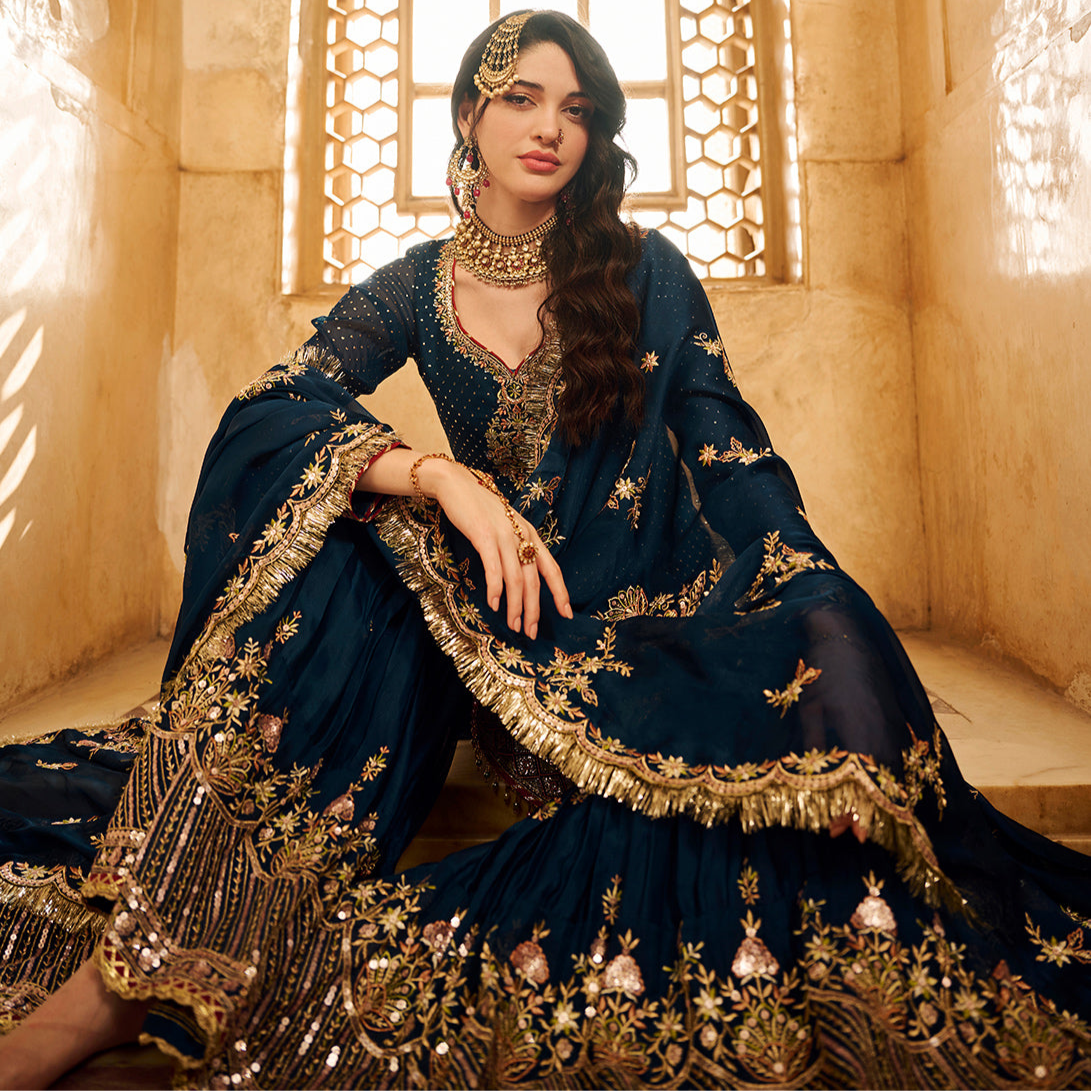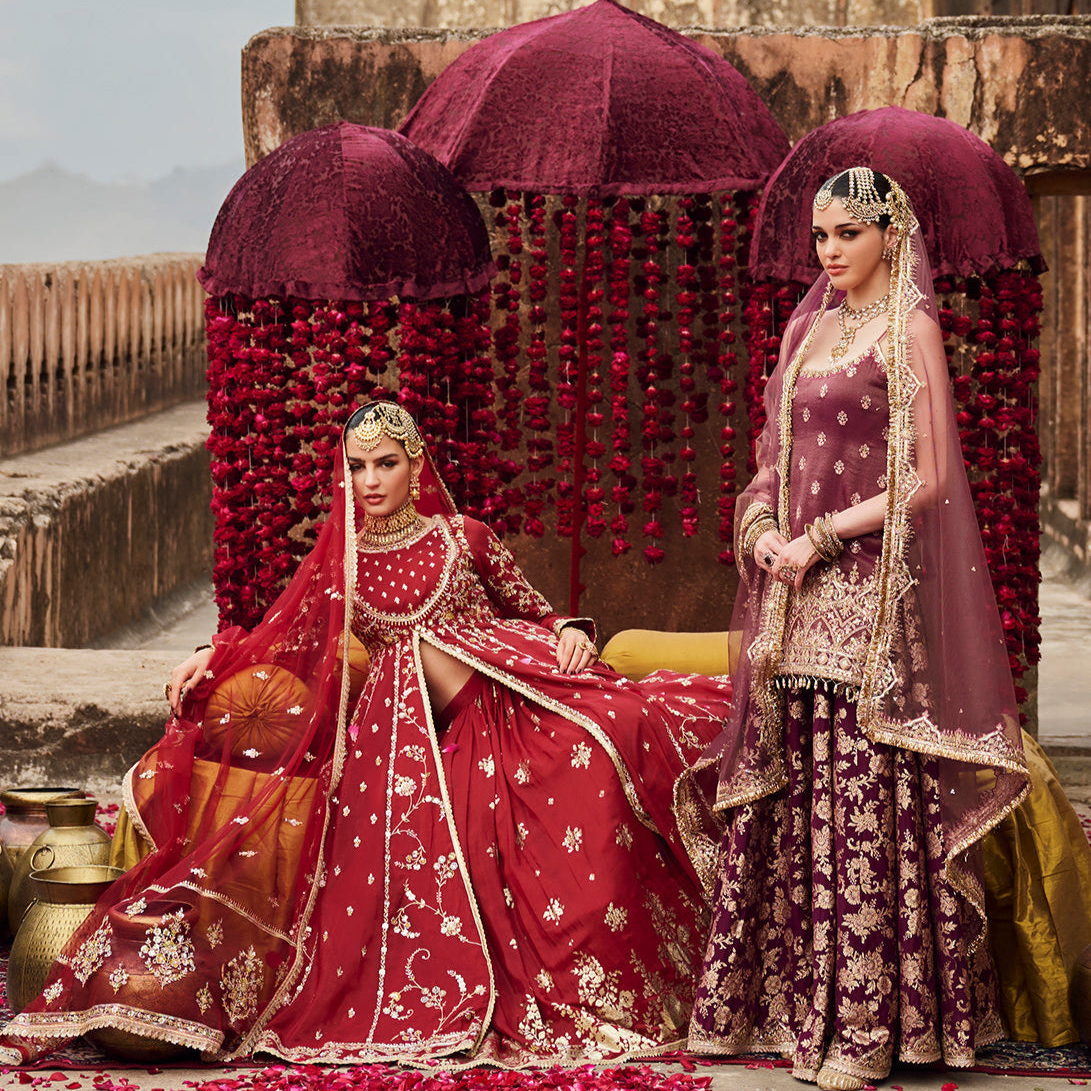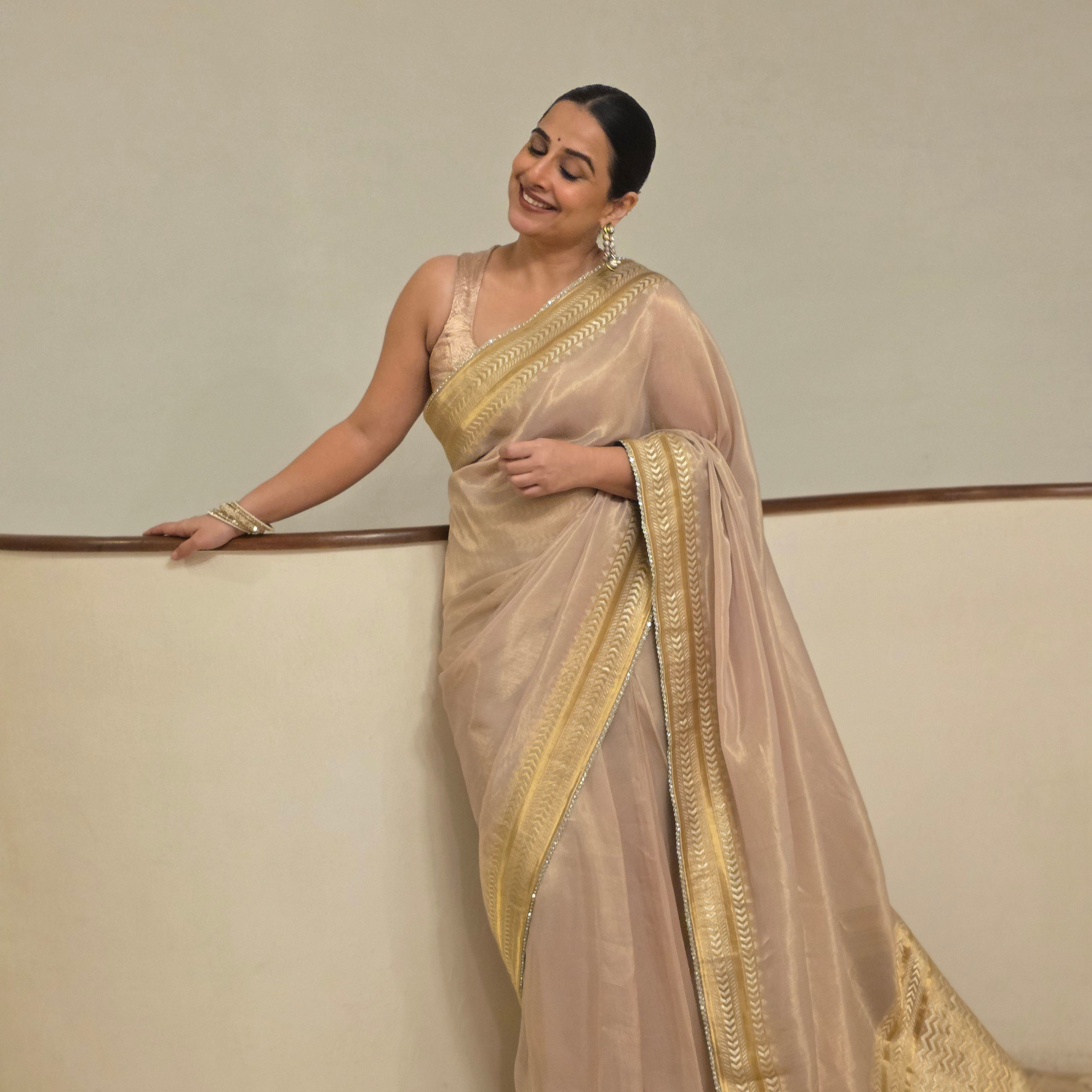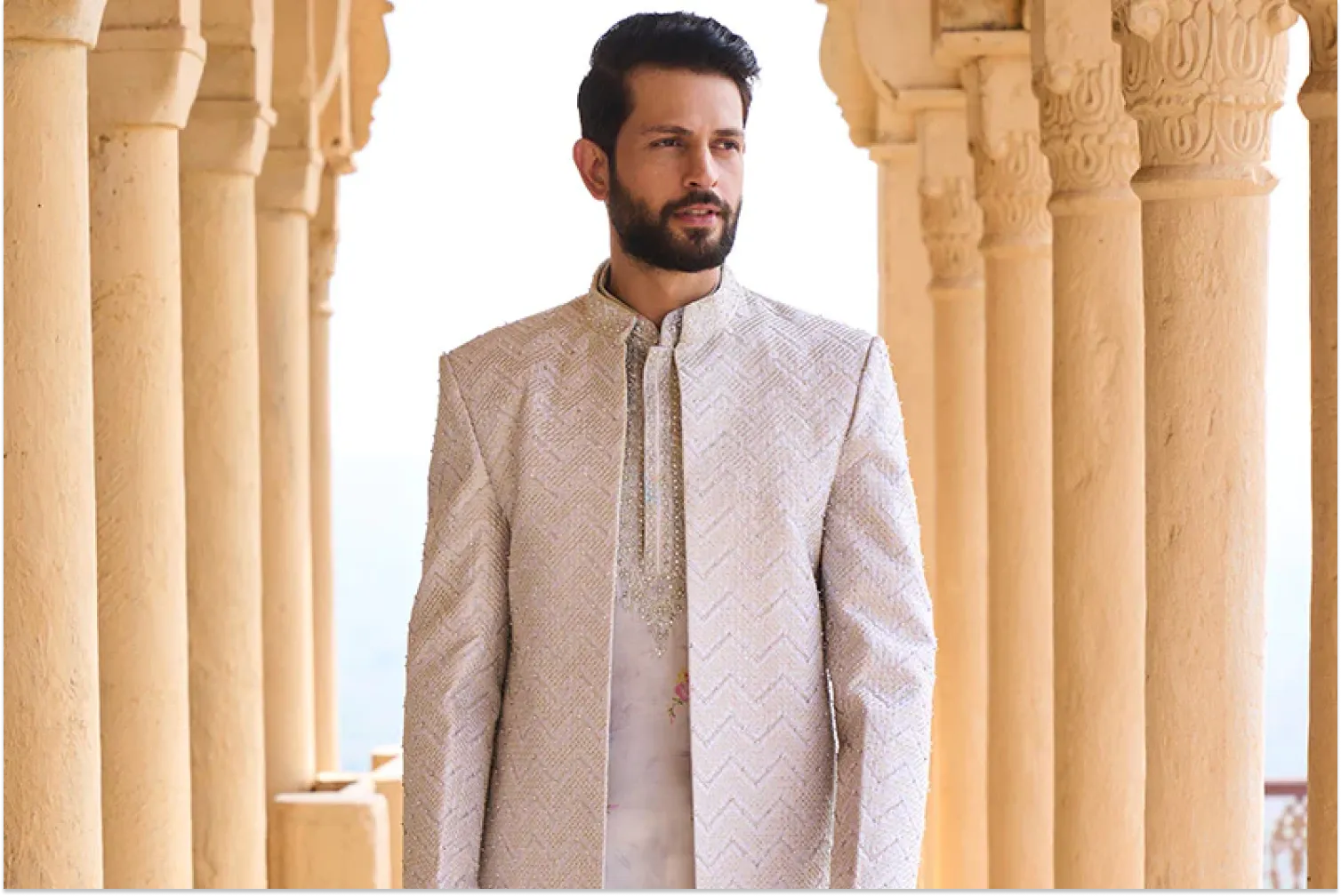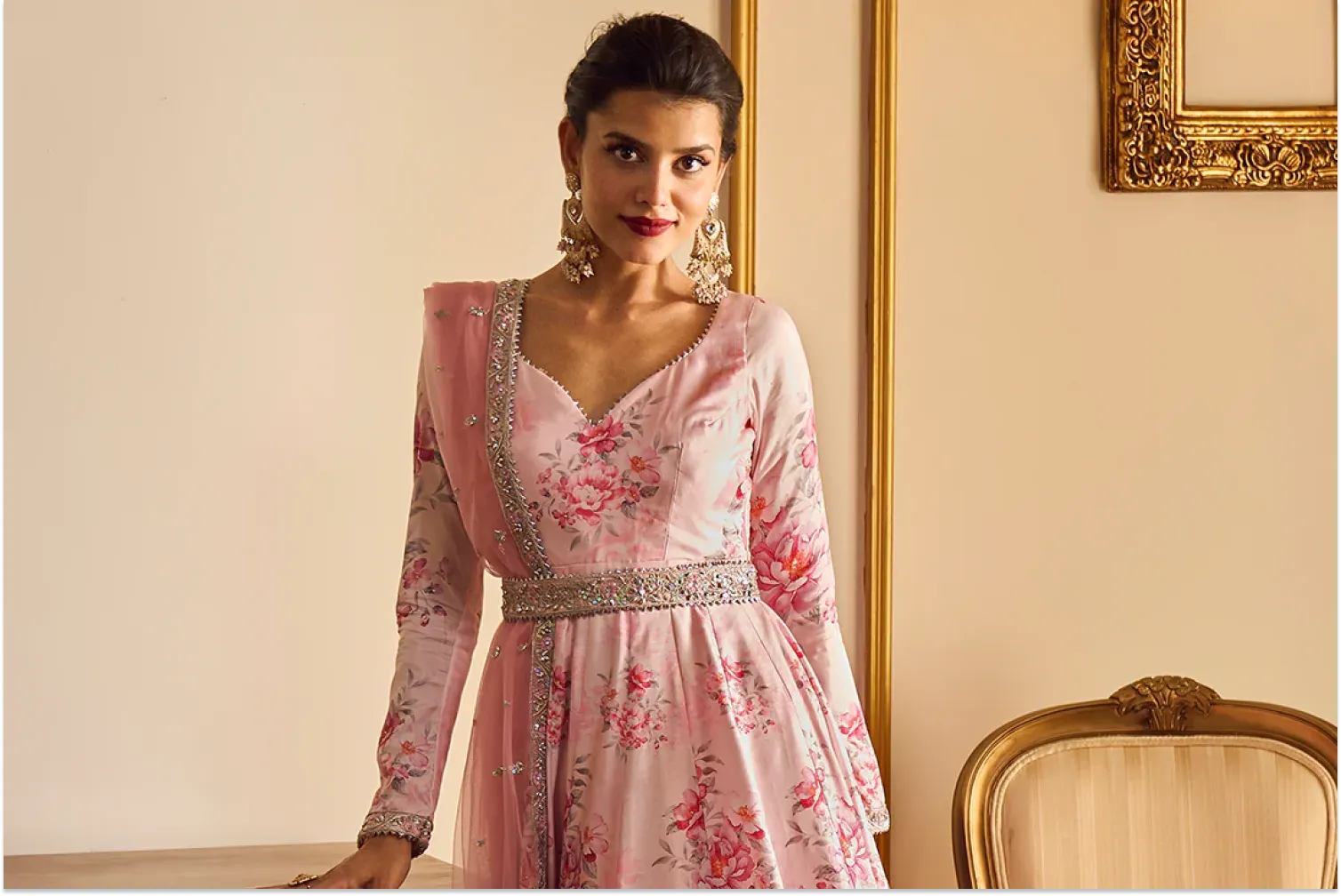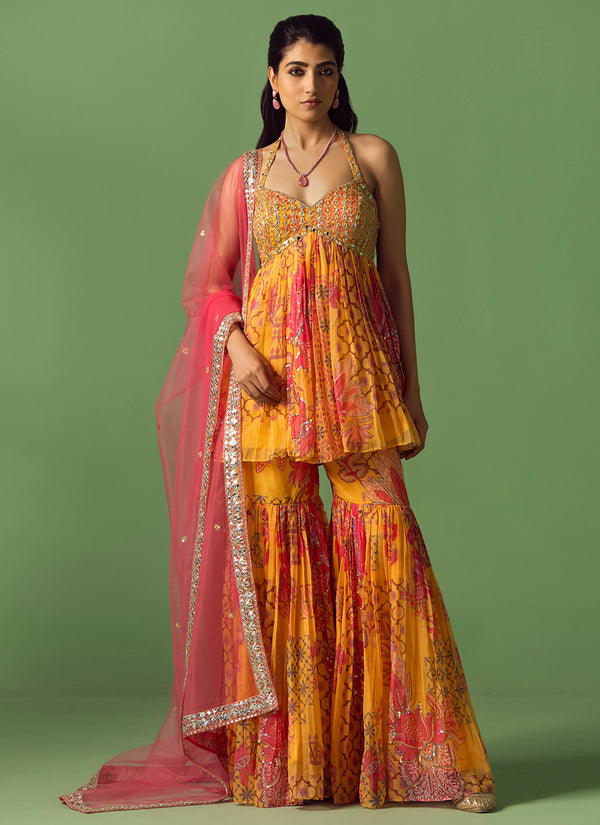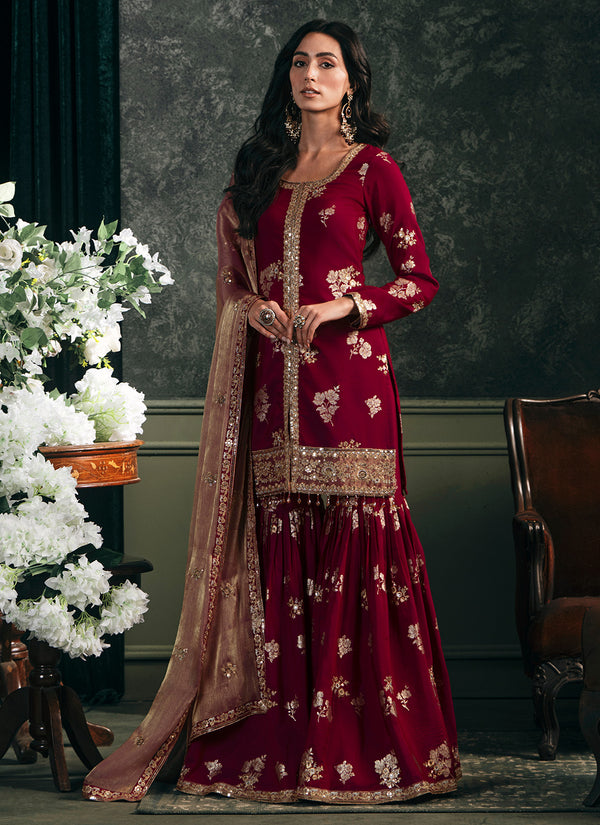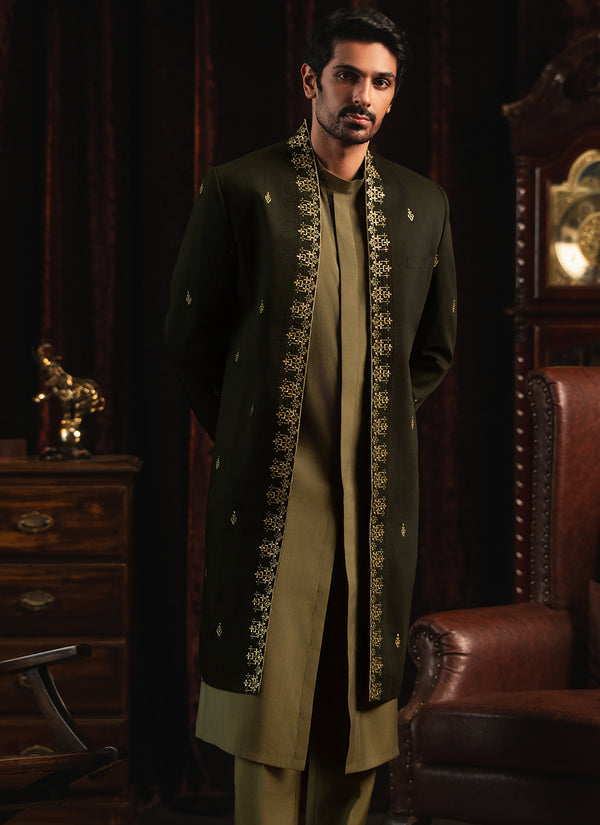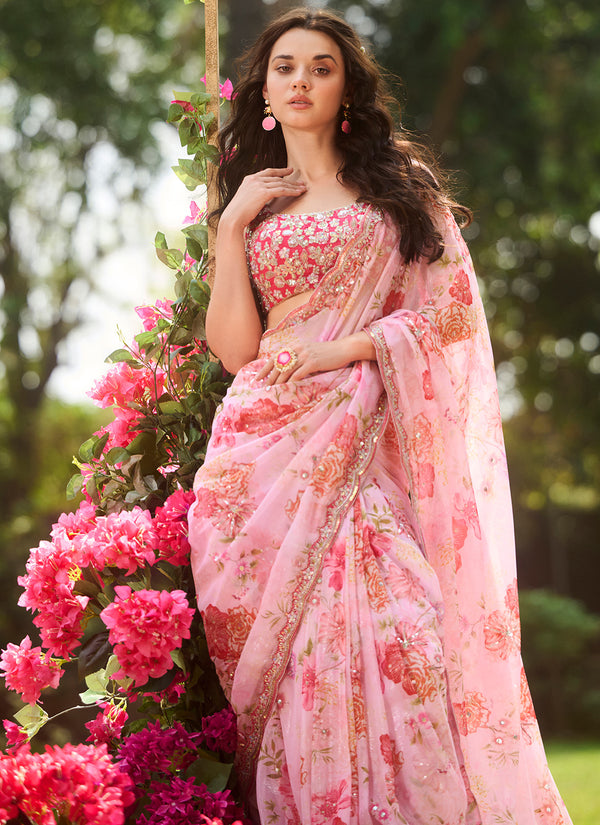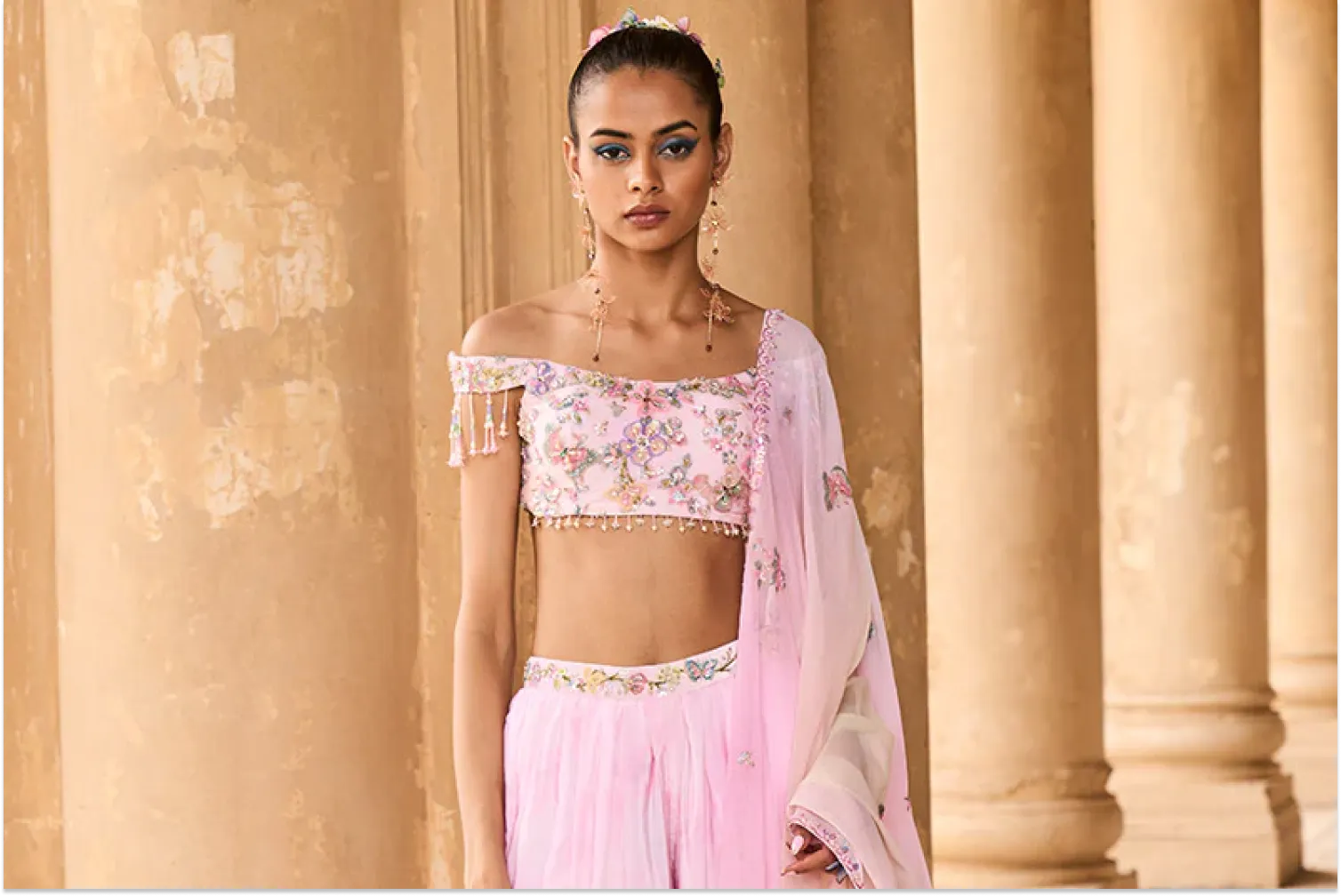
Indian Fashion Trends 101: What is a Dhoti?
A dhoti is a traditional Indian garment worn primarily by men. This sarong type style outwardly looks like a trouser and is also known as vesti, chaadra, panche, dhotar, mardani, panchey and dhuti. It consists of a long rectangular piece of cloth, typically 4.5 to 8 meters in length, that is draped and tied around the waist and legs. The way a dhoti is worn can vary based on regional and cultural traditions, but the basic style involves wrapping the cloth around the waist and securing it with a knot or tucking it in.
What is a Dhoti? A Brief History
The dhoti has a long and rich history in India, dating back thousands of years. It is one of the oldest known garments in the Indian subcontinent and has played a significant role in the culture and traditions of the region.
The dhoti can be traced back to the early civilizations of the Indian subcontinent, including the Indus Valley Civilization (approximately 3300–1300 BCE). Archaeological evidence, including sculptures and figurines, depicts men wearing dhoti-like garments during this period. Further, the use of dhotis is mentioned in ancient Indian texts, including the Vedas (sacred Hindu scriptures) and other classical literature. These texts describe the dhoti as a simple, unstitched piece of cloth draped around the lower body and tied at the waist.
The silhouette has deep cultural and religious significance in Hinduism. It is associated with purity, simplicity, and humility. Many Hindu deities, including Lord Shiva and Lord Krishna, are often depicted wearing dhotis. Over time, the dhoti evolved, and different regions of India developed their own styles and draping techniques. For example, the Bengali dhoti is known for its fine muslin fabric, while the South Indian dhoti often features a distinctive fan-shaped pleat in the front.
During British colonial rule in India, Western-style clothing began to influence urban fashion, and the dhoti faced challenges from more Westernized attire. The British authorities even imposed restrictions on the wearing of dhotis in some areas. Leaders of the Indian independence movement, such as Mahatma Gandhi, often wore dhotis as a symbol of resistance to British rule.
Modern Adaptations
Today, the dhoti has adapted to modern fashion trends. While the traditional dhoti is still worn for religious ceremonies, festivals, and formal occasions, contemporary variations like dhoti pants and dhoti-style skirts have gained popularity, especially among the younger generation. Dhotis are associated with different regions of India, and the way they are draped can vary significantly. For example, the way a dhoti is worn in South India might be different from the style in North India. Additionally, dhotis are often paired with other garments like kurtas, sherwanis, or jackets to create complete traditional outfits. While dhotis have a long history and are deeply rooted in Indian culture, they are still worn by many men in India and are considered a symbol of tradition and cultural identity.
Types of Dhotis: From Traditional to Modern
Dhotis come in various styles, each with its own unique draping technique and cultural significance. The Mundu, for instance, is a traditional dhoti worn by men in Kerala, a state in South India. It is typically white and is draped in a way that covers both the legs. Another style Panche or Veshti is also a traditional South Indian dhoti which is often made of cotton and is typically off-white or cream in color. The draping style involves creating pleats in the front and securing the dhoti at the waist.
The list of traditional dhotis goes on to the Bengali dhoti that is made of fine muslin or cotton fabric and is known for its softness and comfort. It is typically white and is draped in a distinctive style, with pleats in the front and a portion of the fabric passed between the legs and tucked at the back. The Pancha Kachcham is a traditional dhoti style worn by men in Andhra Pradesh, a state in South India that involves wrapping the dhoti around the waist, creating pleats in the front, and securing it with a waistband or drawstring.
The modern renditions of this silhouette range from modern dhoti pants to dhoti skirts, sarees and even jumpsuits. As the contemporary adaptation of the traditional dhoti, dhoti pants are designed like pants but feature draping elements inspired by the dhoti. They are popular among both men and women and are often worn with short or long kurtas. Dhoti-style skirts combine the comfort of dhotis with the elegance of skirts, like Lashkaraa’s Soft Pink Off Shoulder Dhoti Style Suit. These are popular among women and are often paired with crop tops or blouses. On the other hand, a dhoti saree is a fusion outfit that combines a dhoti-style bottom with a saree-like pallu. It offers the grace of a saree with the ease of wearing a dhoti. Dhoti jumpsuits combine the dhoti style with the convenience of a one-piece outfit. They are a trendy choice for those looking for a fusion of traditional and modern fashion.
Contemporary fashion designers have introduced designer dhotis and dhoti inspired silhouettes that feature unique prints, embroidery, and embellishments. These dhotis are often chosen for special events and fashion-forward looks.
Dhotis in Special Occasions and Celebrations
Dhotis hold a special place in Indian culture and are often chosen for various special occasions and celebrations. Here are some instances when dhotis are commonly worn:
Weddings: Dhotis are a popular choice for grooms during wedding ceremonies, especially in South India. They are often paired with a kurta, sherwani, or silk angavastram (stole). The groom's dhoti is typically ornate and may feature embroidery, embellishments, and rich fabrics.
Religious and Spiritual Events: Dhotis are considered appropriate attire for religious and spiritual occasions. Many Hindu priests and devotees wear dhotis while performing rituals, visiting temples, or attending religious ceremonies. It is a symbol of purity and reverence.
Festivals: During festivals like Diwali, Dussehra, and Pongal, men often opt for traditional attire, including dhotis. Festive dhotis may be made of silk or other luxurious fabrics and can be adorned with intricate designs.
Cultural Performances: Dhotis are commonly worn by classical dancers, particularly in forms like Bharatanatyam, Kathak, and Kuchipudi. The attire adds to the traditional aesthetic of the performance.
Special Family Gatherings: For important family events such as anniversaries, birthdays, and housewarming ceremonies, men may choose to wear dhotis to maintain a sense of tradition and elegance.
Formal Occasions: Dhotis are considered formal attire in many parts of India. Men may wear them to formal events, banquets, or cultural functions, paired with a well-fitted kurta or sherwani.
Cultural Celebrations: In regions like Kerala and Tamil Nadu, dhotis are an integral part of cultural celebrations and traditional art forms. They are worn during cultural festivals, traditional dances, and music performances.
Dhotis, with their rich history and cultural significance, continue to be an integral part of Indian attire for special occasions and celebrations. The choice of dhoti style and fabric may vary based on the formality and cultural context of the event.

